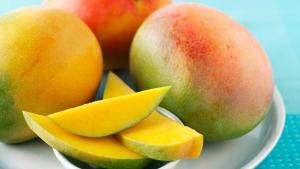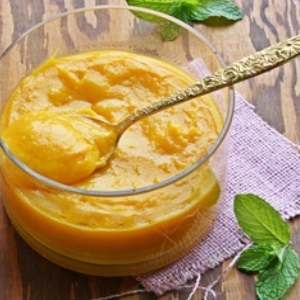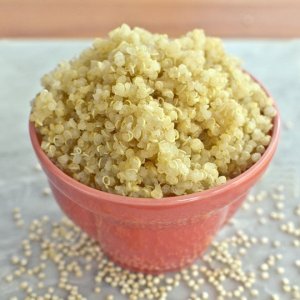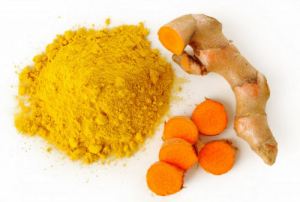Perhaps one of the things I miss most about living in the City is the always-smiling ladies who sold fresh, ripe mangoes on the corner of the street near my apartment. I passed daily on my way to school and stopped quite a few times for breakfast. They were already sliced perfectly (a treat in itself, as mangoes aren’t the easiest fruit to dice up) and in little plastic containers, and were so ripe every single time. To this day I haven’t had a better mango.

Anyway.. the reason I’m talking about mangoes today instead of sharing an avocado recipe is because I am patiently waiting for my avocados to ripen enough to use them (the only downfall of the avocado: the window of perfection is so small).
So instead, we’ll talk about mangoes, and my next post will feature a recipe with both avocado and mango, in perfect harmony. As long as my mangoes are ripe, too (fingers crossed).
About the mango
Mangoes are a type of stone fruit, which means they have a pit (a “stone”) on the inside, surrounded by the flesh (the good part), which is protected by the outer skin. Other examples of stone fruits include nectarines, plums, cherries, and peaches. Mangoes obviously come from a mango tree, and they are native to Southern Asia, particularly, Burma and eastern India.
 Today they’re one of the most well-known tropical fruits and they make for a nice salsa ingredient, yogurt topping, or margarita flavor.
Today they’re one of the most well-known tropical fruits and they make for a nice salsa ingredient, yogurt topping, or margarita flavor.
Benefits of mango
Personally, I like mangoes because they make me feel healthy, and they make me feel like I’m on a tropical vacation (as do pineapples and coconuts). But of course, there are numerous actual benefits to eating mangoes.
- Vitamin C: Mango is a great source of Vitamin C, with 76% of your recommended daily dose in just one cup. As I’ve mentioned earlier, Vitamin C has special immunity properties that keep you from getting sick, or help you heal faster when you are sick. It also helps form proteins that are vital to creating ligaments, skin, tendons, and blood vessels. So it’s not only beneficial, but pretty necessary if you ask me. It helps heal wounds by forming scar tissue and helps maintain cartilage, teeth, and bones. So if you’re sick of drinking orange juice every day for your Vitamin C dosage, consider switching to mango juice.

- Antioxidants. In addition to containing Vitamin C, which acts as an antioxidant in itself, mango also contains numerous disease-fighting antioxidants that can help protect your body.
- Full of fiber. As I’ve discussed in the past, fiber is an important part of one’s diet as it keeps the digestive system healthy and makes you feel full. For those who are trying to lose or manage their weight, fiber is key. Mango is a good source of fiber.
Now there are more health benefits that adding mango to your diet will result in, but I think it’s time we go in a different direction. After all, our next recipe will have avocado and mango, so I’ve already talked about quite a few benefits that this recipe will consist of.
If you don’t want to eat it..
Mango actually offers some other great benefits that result not from eating it, but applying it to your skin. The same vitamins and minerals that do your body good on the inside will do your body good on the outside. This is due to to nutrients such as Vitamin A, Potassium, B-Vitamins, and Vitamin C. These nutrients work together to fight off dead skin and it healthy and fresh. It’s no coconut oil, but it’s worth the try to see how your skin feels afterwards.
Mango face masks

Mashed mango combined with honey and yogurt creates a moisturizing face mask that will leave your skin looking and feeling hydrated. Combine 1 tbsp of mango pulp with 1 tsp of honey and 1 tsp of yogurt and apply to your face, letting it sit for 10-15 minutes. Then let me know how it is, as admittedly I haven’t tried it (though I am intrigued).
If you’re not so sure about diving into this whole mango-on-your-face thing and want to ease into the process (or if you just don’t feel like mixing it), you can simply cut up the mango into thin slices and place them on your face. Let sit for a few minutes and then wash your face off. Supposedly, this alone should help unclog pores and reduce acne or dry skin. I am equally as intrigued about this… but I will save my mangoes for my recipe this weekend.
All in all..
Mango is one of those foods you just can’t feel guilty about eating, no matter how many you might eat in one sitting (which probably isn’t much, considering the fiber content). It can give that tropical feel to any meal, and will sweeten up the most boring of meals. And if you’re not the biggest fan of this slimy but sweet fruit, you can just put it on your face.




 What if I told you that adding a pinch of a certain spice into your dishes could help treat or prevent debilitating diseases like arthritis or Alzheimers, or even life-threatening cancers? Turmeric, a chalky, mustard-yellow spice common in traditional Indian dishes, has the
What if I told you that adding a pinch of a certain spice into your dishes could help treat or prevent debilitating diseases like arthritis or Alzheimers, or even life-threatening cancers? Turmeric, a chalky, mustard-yellow spice common in traditional Indian dishes, has the  midated by turmeric’s less-than-appetizing appearance (after all,
midated by turmeric’s less-than-appetizing appearance (after all,